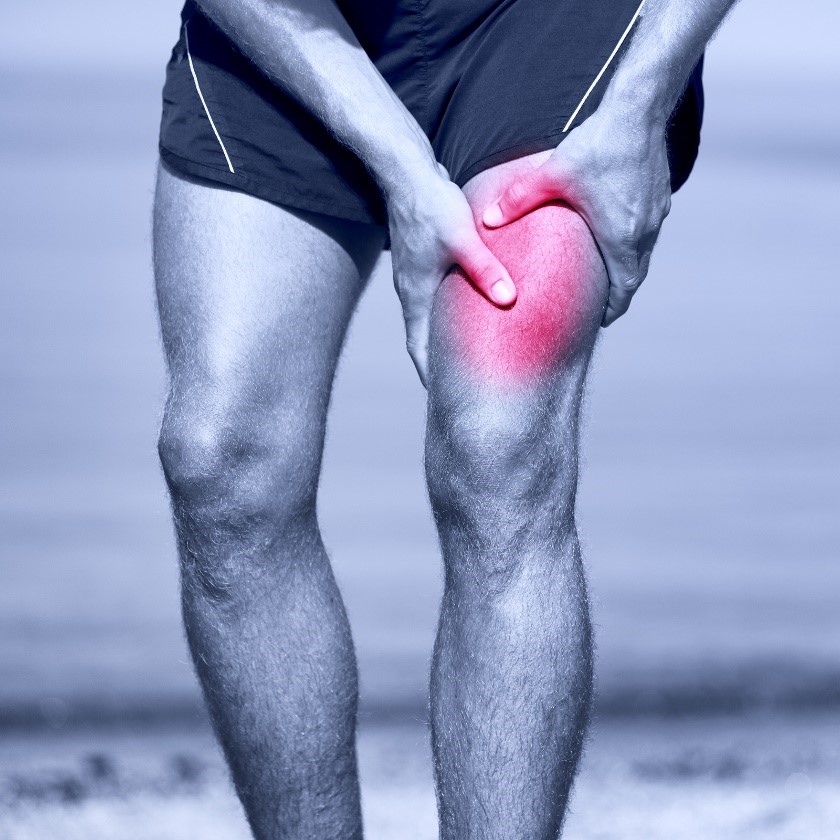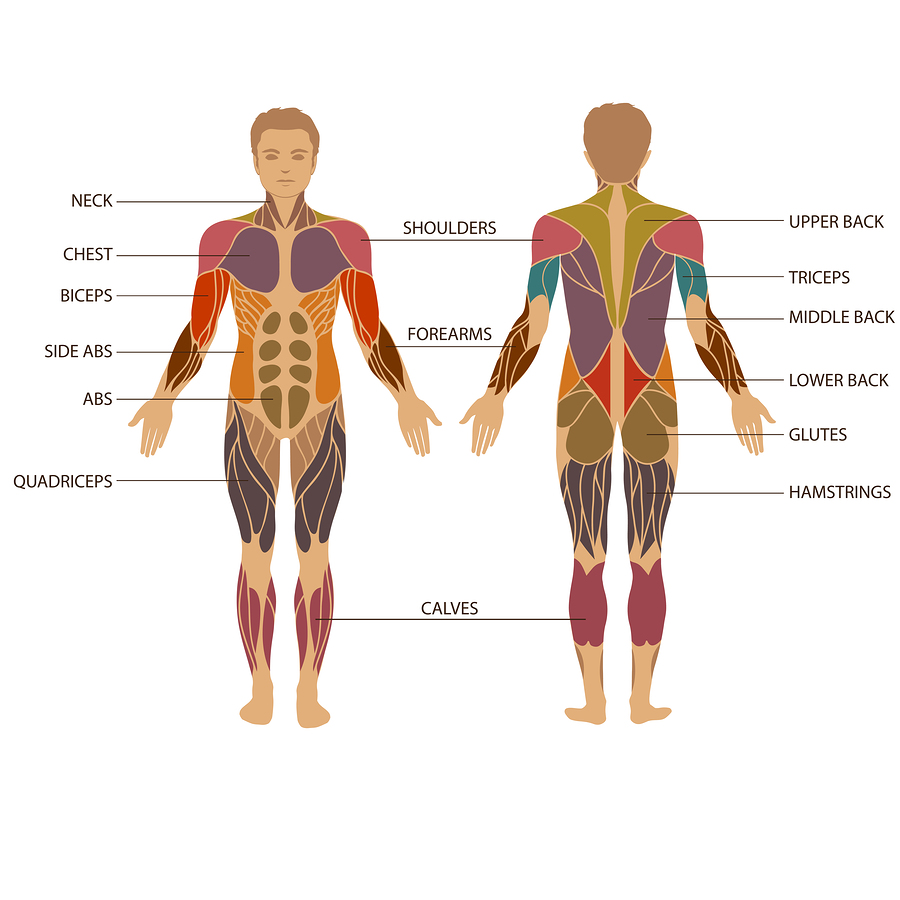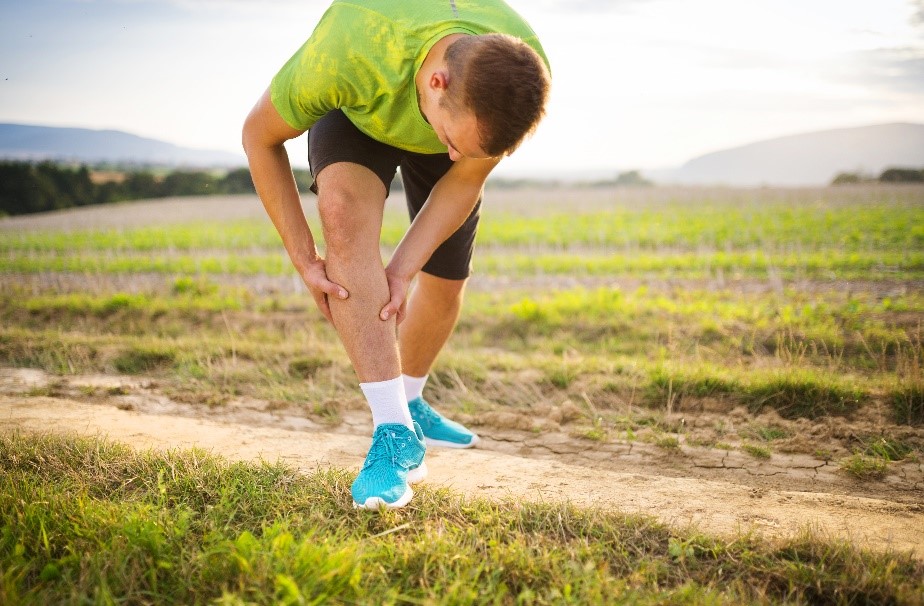The initial approach to physical therapy of your muscle strain will depend on how long after your injury that you seek treatment. The immediate line of defense straight after a muscle strain should be the application of ice and compression, followed by rest and elevation for the affected muscle. Recent research on the benefits of applying ice immediately after an injury are beginning to be questioned, but the general consensus is still to apply ice. The importance of applying compression initially as a line of first defense (generally done by wrapping the affected area) is becoming more evident.
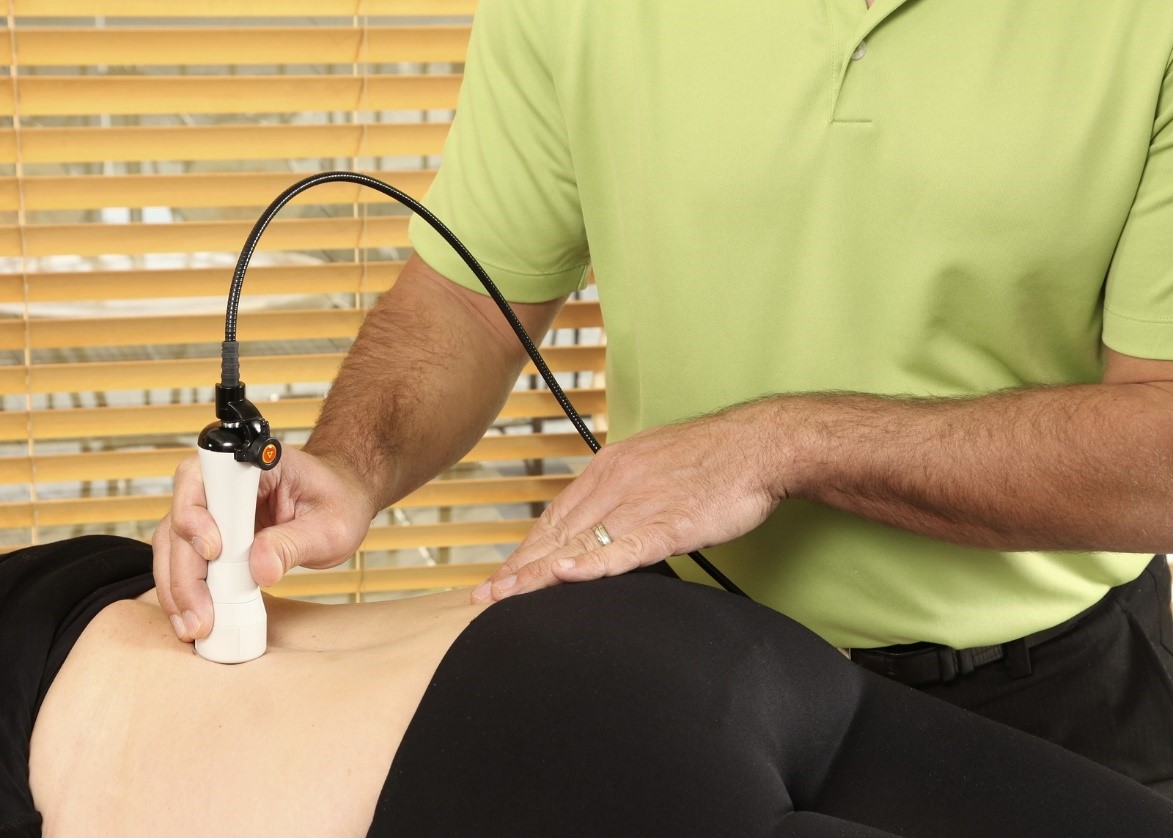
The initial aim of treatment for acute strains at STAR Physical Therapy is to manage the inflammation and pain in the area. The initial aim of treatment for acute muscle strains at STAR Physical Therapy is to decrease the pain as well as any secondary inflammation in the area. Some initial inflammation is actually required to start the healing process, but a large inflammatory response can also lead to secondary inflammation and secondary cell injury, which affects tissues that were not directly related to the initial insult. Ice and compression can greatly assist in decreasing this detrimental secondary tissue injury.
In cases where it is not an acute strain heat may be more useful in decreasing pain. Your physical therapist can advise you whether it is best to use ice or heat at your stage of healing. Your therapist may also use electrical modalities such as ultrasound or interferential current to help decrease the pain and control the amount of inflammation. It should be noted, however, that some mild inflammation is actually needed in order for the muscle to heal; all anti-inflammatory attempts are aimed at controlling too much inflammation from occurring, rather than completely eliminating it. Massage of the injured area or the tissues surrounding the area may also be helpful. Depending on the severity of the strain and the time that has elapsed since the injury, massage directly over the torn area can slow the healing process and may lead to other muscle complications so be sure to let your physical therapist determine whether or not this is something you should be doing on your own.
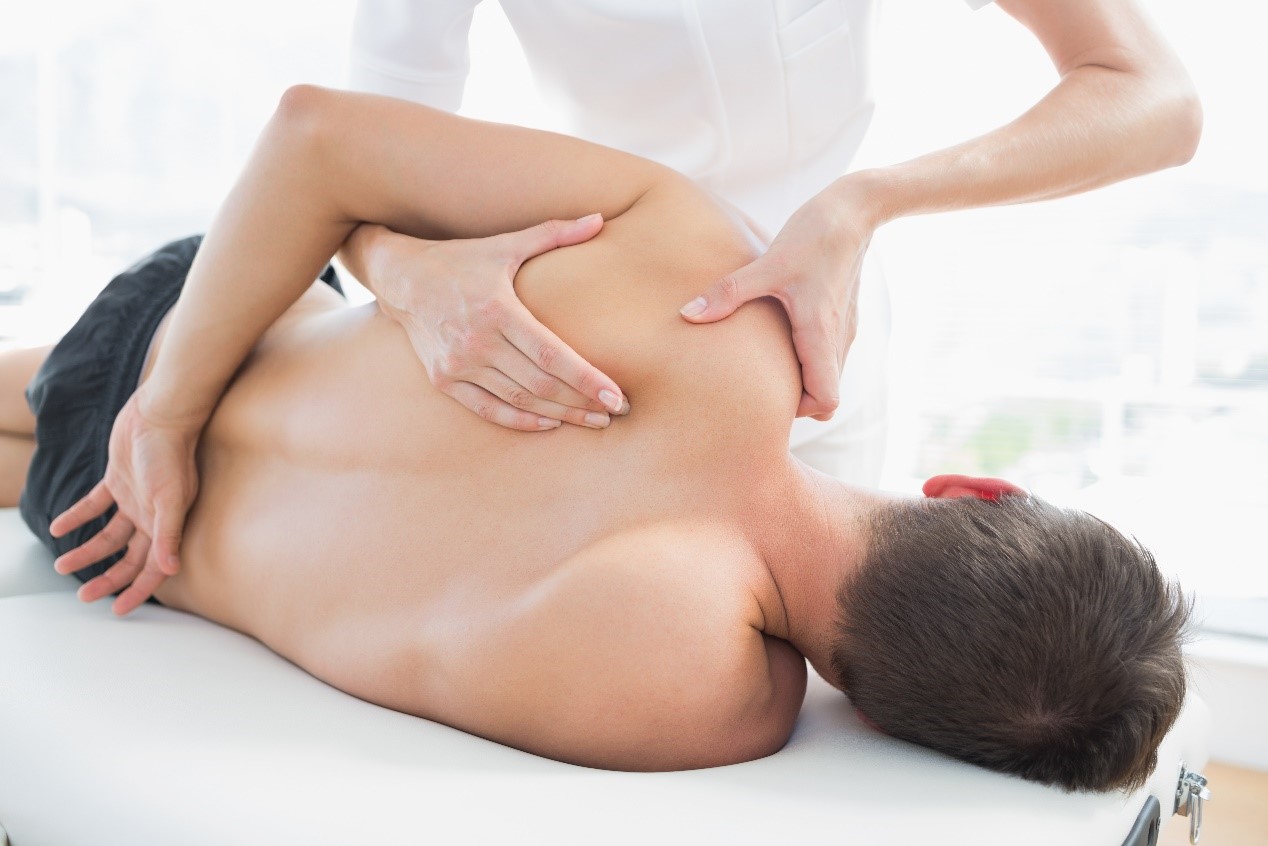
As indicated above, medication to ease the pain or inflammation can often be very beneficial in the overall treatment of a muscle strain. Depending on the degree of your strain your physical therapist may suggest you see your doctor to discuss the use of anti-inflammatories or pain-relieving medications in conjunction with your physical therapy treatment. Your physical therapist may even liaise directly with your doctor to obtain their advice on the use of medication in your individual case.
Once the initial pain and inflammation has calmed down, your physical therapist will focus on improving the flexibility and strength of the involved muscle. Static stretches to increase the flexibility of the muscle will be prescribed by your physical therapist early on in your treatment as these types of stretches encourage the healing tissues to withstand stretch and they ensure that you do not lose any range of motion overall. As your range of motion improves, more aggressive stretches will be added, however stretching should be limited such that it never causes pain. Feeling a gentle stretch at the end of the range of motion should be the limit otherwise further damage could occur to the muscle. As the muscle nears the end of its healing, dynamic stretching (rapid motions that stretch the tissues quickly) will also be taught and will be incorporated into your rehabilitation exercise routine in order to prepare your muscle to return to more taxing movements such as those involved in normal everyday activity or sport. Dynamic stretches are used to prepare the tissues for activity whereas static stretches focus more on gaining flexibility.
Rest is also an important part of your physical therapy treatment. ‘Relative rest’ is a term used to describe a scale of resting compared to the normal activity you would be doing. If you are experiencing pain while doing nothing at all it means the injury is more severe and your physical therapist may advise a period of complete rest where you do either no activity, or very little activity such as a few gentle stretches. As your pain improves then the rest to activity balance will swing the other way such that you will still require more rest for the muscle than usual but there will also be a gradual increase in activity including more aggressive stretches along with strengthening so long as there is no return in symptoms.
Along with stretching exercises, your physical therapist will also prescribe strengthening exercises in order to get your strained muscle back in top shape. Initially your therapist may suggest that you only do isometric contractions of your muscle, which means that you tighten the affected muscle without actually moving the associated joints. An example of this type of contraction occurs when people are asked to flex their biceps muscle, and they tighten the muscle fibers of the upper arm in place, without bending the elbow or moving the shoulder. This type of contraction is an effective way to begin strengthening an injured muscle. As the muscle continues to heal, more aggressive strengthening will be prescribed where you are moving your limb and using the weight of your body to provide resistance. When appropriate your therapist will prescribe strengthening exercises with free weights, elastic bands or tubing, weight machines, or cardiovascular machines such as stationary bicycles or a treadmill in order to continue to increase the strength and endurance in your injured muscle. As your strained muscle is more fully healed, your therapist will add eccentric type strengthening to your rehabilitation program. Eccentric exercises are ones that put load through your muscle as it is lengthening.
These types of exercises are necessary as part of your rehabilitation program in order to prepare the strained muscle for the return to normal everyday activity and sport. Quite often it is an eccentric contraction of the muscle that has caused the strain in the first place, so training the muscle to withstand this type of force when the time is right is crucial to ensuring it won’t be re-injured.
In addition to stretching and strengthening the muscle, taping or wrapping the affected muscle with an elastic bandage may be done by your physical therapist in order to assist initial swelling, and to provide support to the muscle as you rehabilitate it. They may even teach you how to tape or wrap your own muscle so you can do it on your own.
If your muscle strain is in the lower part of your body, your therapist may prescribe a specific type of strengthening called plyometrics. Plyometrics is a form of power strengthening that is a particularly important part of the end stage of your rehabilitation for any of your power muscles in your legs such as your quads, hamstrings, and calves, especially if you are involved in sport. Plyometrics involves repetitive jumping which forces your muscles to engage in force as they repetitively shorten and lengthen. This type of training maximally loads the lower extremity muscles and prepares them to take the high stress load involved with activity such as sport or daily activities such as running across the street.
A critical part of our treatment for a muscle strain at STAR Physical Therapy includes advice on finally returning to your normal physical activity level. Strained muscles can easily be aggravated if too much stress is put through them at an inappropriate time. Returning to your normal physical activity at a graduated pace is crucial to avoiding repetitive muscle strains of the same muscle or a chronic injury. Advice from your physical therapist on the acceptable level of activity at each stage of your rehabilitation process will be invaluable, and will assist you in returning to your activities as quickly but as safely as possible.
*New research is emerging examining the use of ice in acute injury and suggests that ice may slow down the inflammatory response necessary to initiate healing. As the body of literature grows and practice changes we will be sure to update our recommendations.
